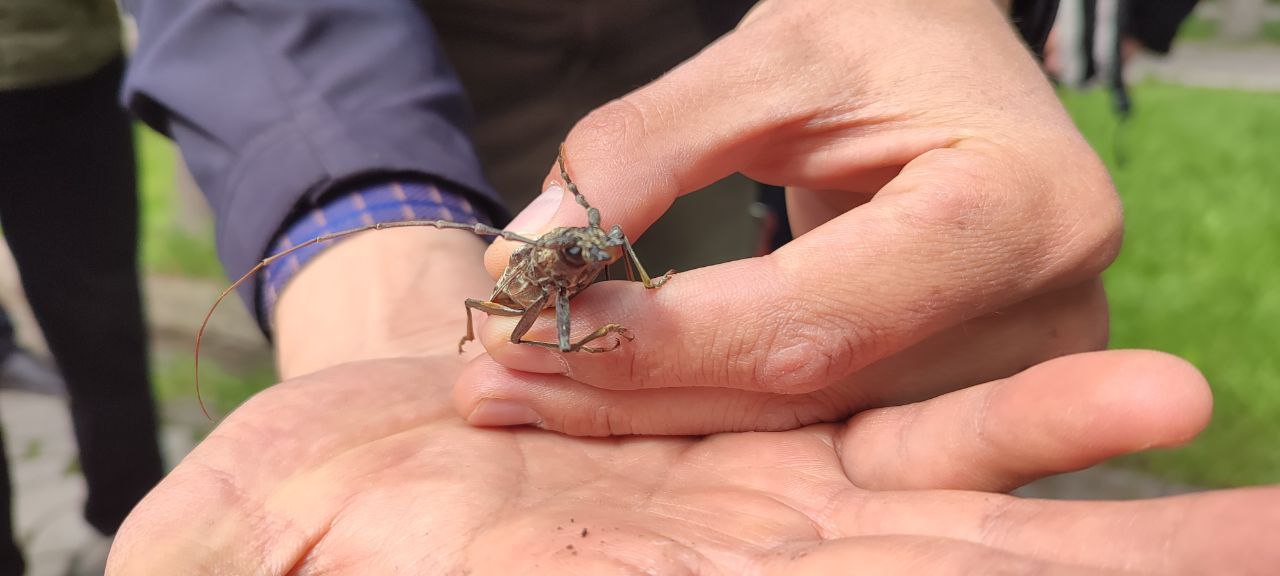The larvae of the longhorn beetle (Aeolesthes sarta), commonly known as the woodcutter beetle, are destroying green spaces in Kyrgyzstan’s capital Bishkek.
The beetle appeared in the city ten years ago, but biologists have explained that its population has recently increased to worrying levels. The situation is being aggravated by the shortage of irrigation water in Bishkek, a result of faulty irrigation facilities. Trees in the capital are beginning to dry out, and their immunity to the effects of larvae infestation is weakening.
The longhorn beetle lays its larvae in the bark of a tree, and as it matures, it eats the tree from the inside. The larvae’s favorite trees, the elm and poplar, are the most common trees in Bishkek. Unlike other pests, the beetle cannot be irradicated with chemical treatments. Infested spaces must be destroyed completely.
The Bishkek Zelenkhoz municipal enterprise, responsible for maintaining the city’s green spaces, has reported that 90% of all adult elm trees and half of all poplars in the capital have become infected with longhorn beetle larvae.
“Trees with signs of infestation remain green, and do not die immediately. After a while, the top dries up, and then the entire trunk follows. The death process takes about five years,” Yuri Borvinok, head of the laboratory for woody and bush plants at the Kyrgyz Academy of Sciences, told The Times of Central Asia.
Kyrgyz authorities are having difficulty controlling pests because of current laws. In Kyrgyzstan’s populated areas, chemical treatment of greenery is prohibited to prevent harm to people, and burning plant debris such as leaves and branches is also forbidden.
“When we used to burn plants and foliage, these measures deterred the miner moth, woodcutter beetles, and other pests; today, nothing prevents the mass spread of beetles,” Borvinok said.
Municipal officials are looking for an effective method to control the beetles. “Some trees we cut down, take out of town, and burn there. In addition to the elm trees, the woodcutter attacks poplars. There is a danger that it will move to other trees. This beetle can not be taken down by anything. That’s why we are planting new species, linden, maple, and acacia,” said Zhanybek Zhumaliyev, head of the Zelenkhoz enterprise’s planning department.









